MARRAKESH (Day 7)
From our hotel rooftop, we watched the morning market awaken, including the vendors, deliverymen, snake charmers and a festive musicians.
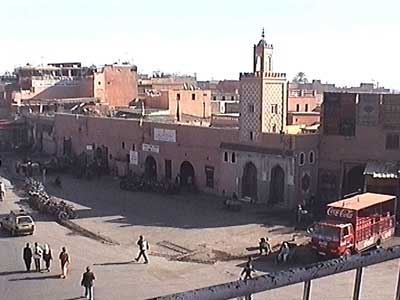
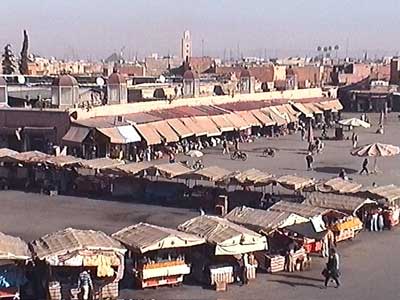
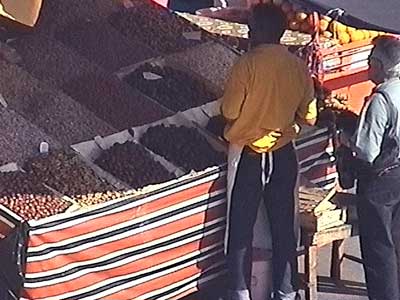

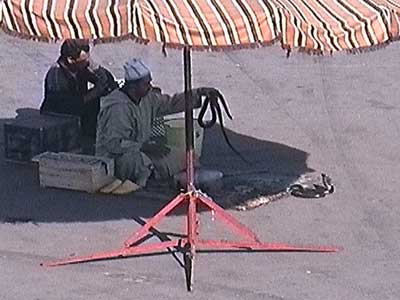
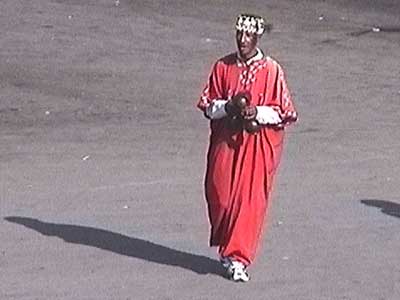
We had arranged for a guide to learn the history of the city but he never showed, so went our own way. We first visited the Saadian tombs, a necropolis built next to the Kasbah Mosque by Sultan Ahmed al-Mansour in the late 1500's. There are 66 people buried in the 2 main buildings and over 100 outside. Unfortunately the number of tourists was even higher. We had to wait in a very long line just to glance at the tiny white tombstones centered in a stunningly carved room.
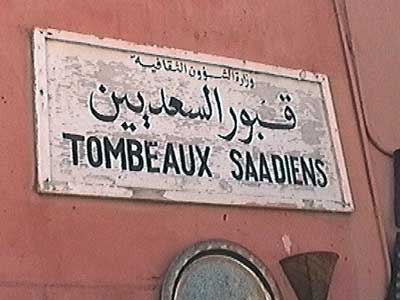
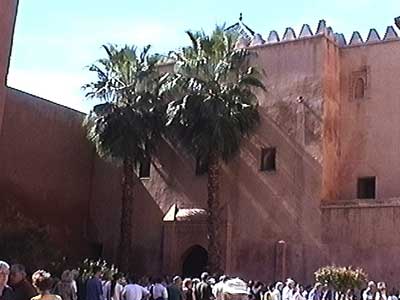
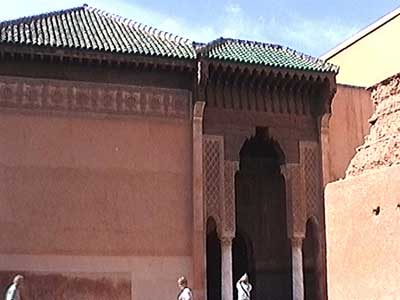

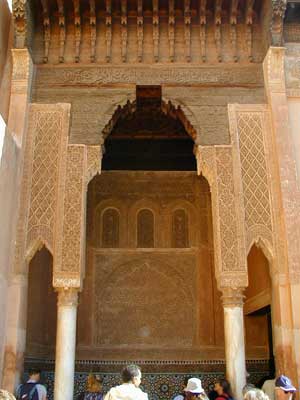

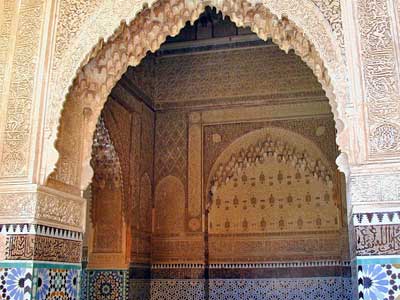
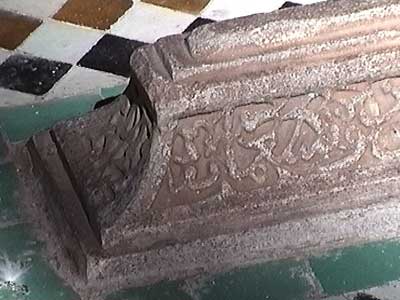

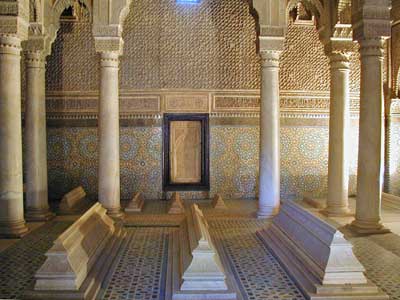
After the daily 11:45 - 3 pm pause, we walked through some souks. Again, some of the stores were so full, you couldn't even step inside them!
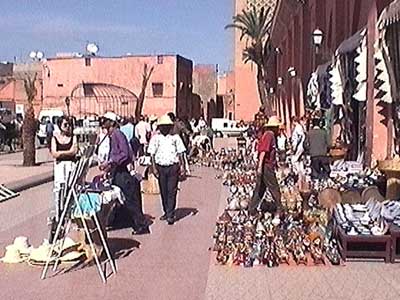
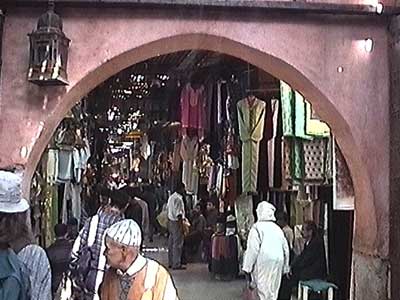
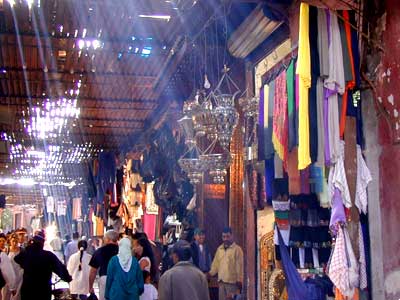
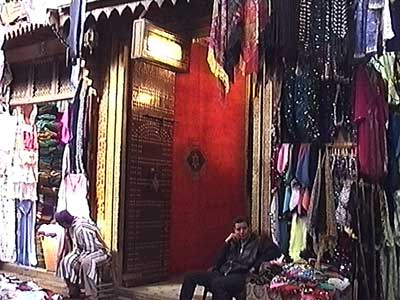
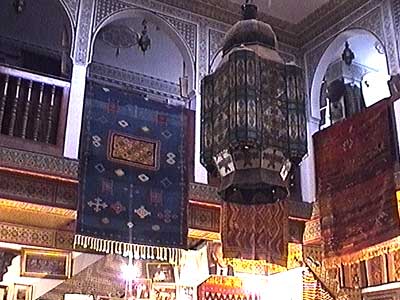
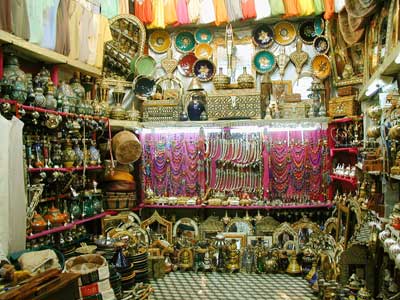

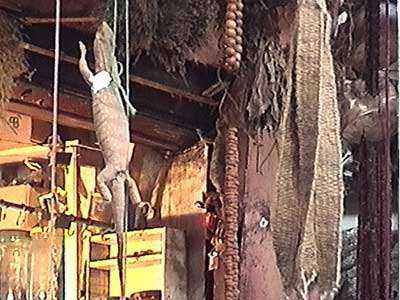
We stopped briefly by the 230-foot tall, 12th century, large Koutoubia mosque... paying close attention to the speakers that would awaken us early the next morning!
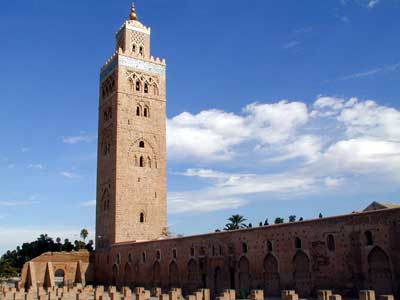

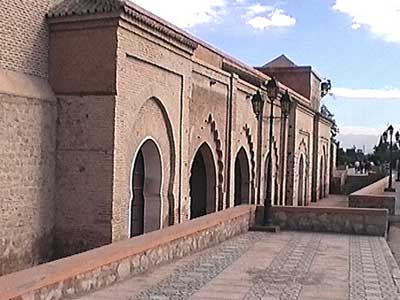

We then continued on to the Palais el-Badi. It was also built by Ahmed al-Mansour in 1578 - 1602. At the time of construction it was reputed to be one of the most beautiful palaces in the world. Unfortunately it was ripped apart by Moulay Ismail in 1696 for its materials which he used in Meknes and is now just a ruin. The enormous beige walls still stand but are quite deteriorated. Tall white storks built giant nests along the tops. The expansive center courtyard had the remains of a pool and sunken orange groves. The underground storage rooms were cool, dark and quite run down.



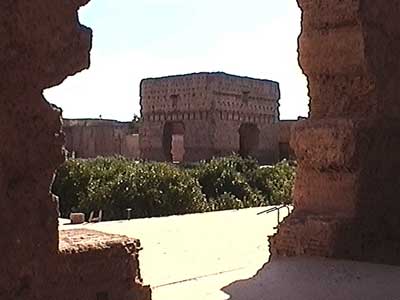
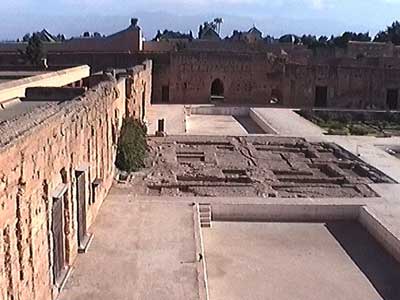
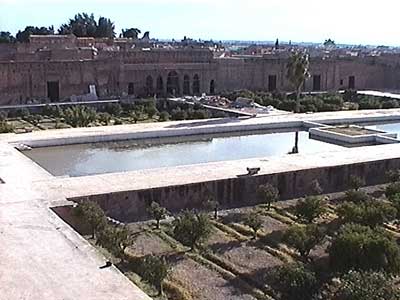
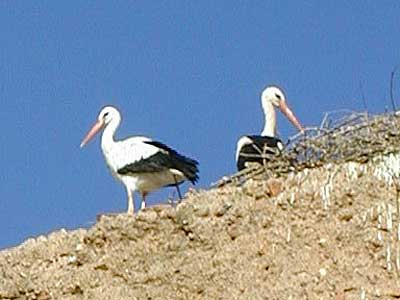
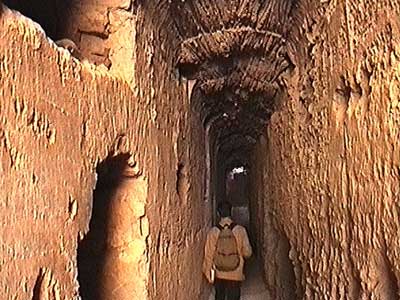
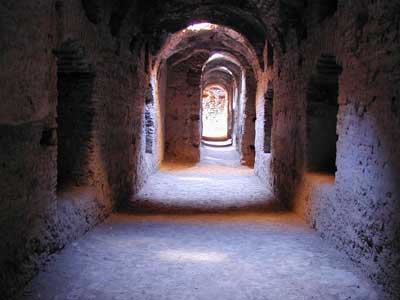
One gem hidden among the decay, however, was the ornate minbar of the Kutubiyya Mosque built in 1137. This is a tall mobile staircase used during prayer in the mosque.
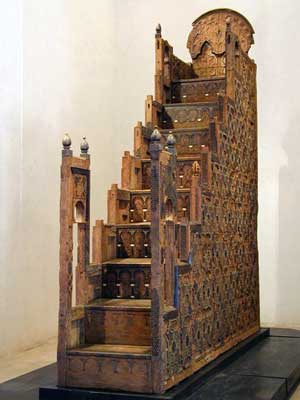
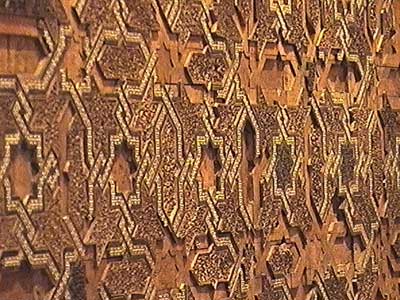
Next stop was the Palais de la Bahia built towards the end of 19th century by Bou Ahmed. It was in pristine condition and was a maze of breathtaking rooms and amazing open courtyards. Fountains and orange trees, columned courtyards, intensely decorated inner halls from floor to ceiling... there was so much to see that we walked through the entire complex twice.
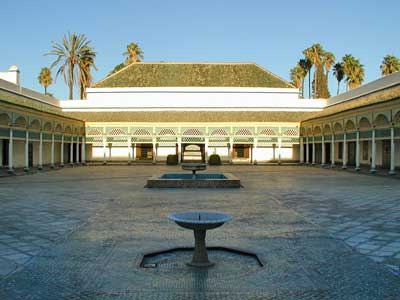
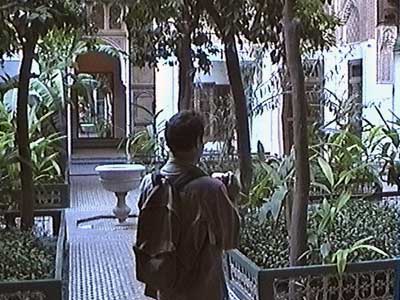
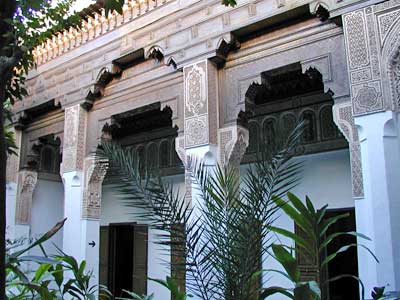
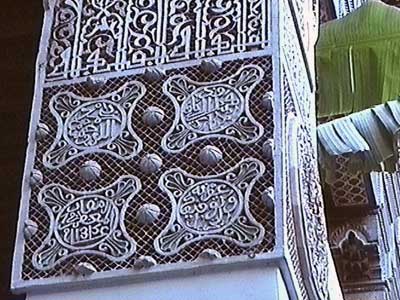
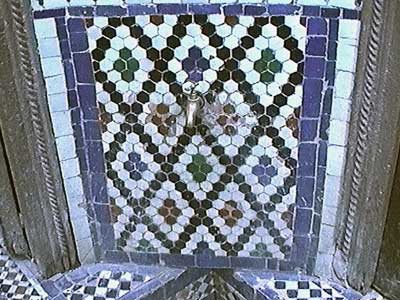
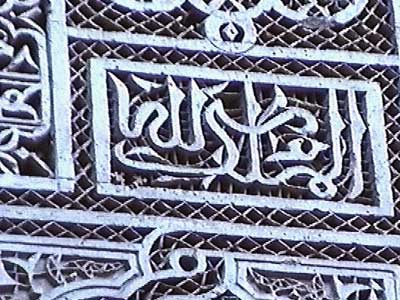

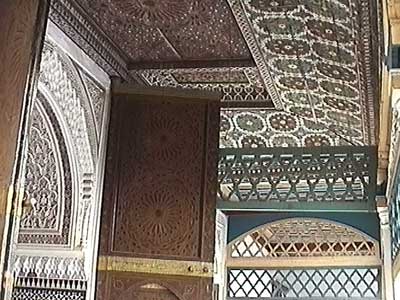
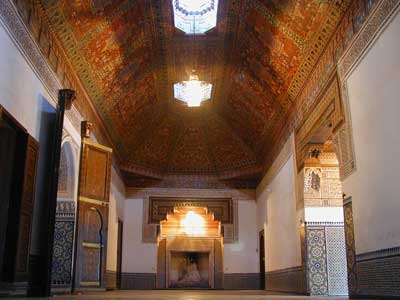
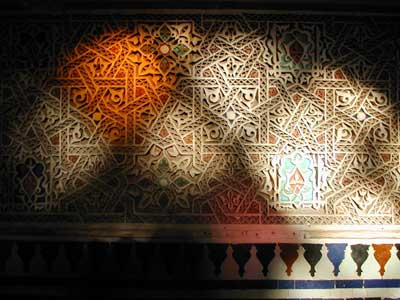
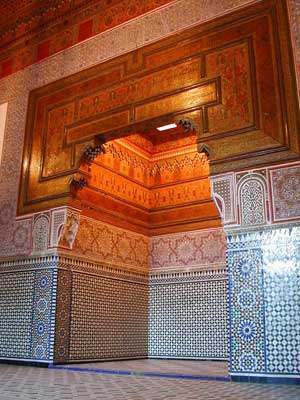
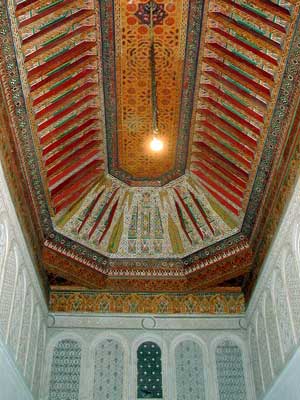


At sunset, the Djemma el-Fna market square came alive. There were rows upon rows of food stands selling such things as couscous with vegetables, soups, salads, freshly steamed snails, and lamb brains with the open heads still next to them. We had an egg pita sandwich and some mint tea, then wandered around the various living attractions such as acrobats, storytellers, herbalists, musicians, etc. We watched the glow of lights and the thick veil of smoke from our hotel roof terrace.
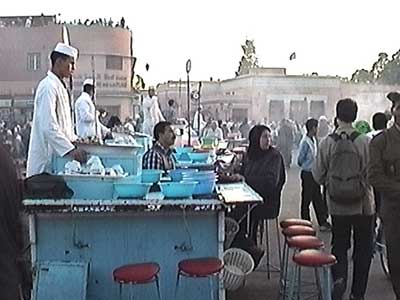
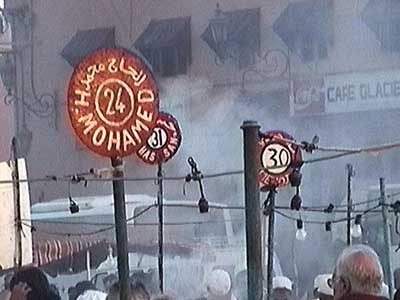
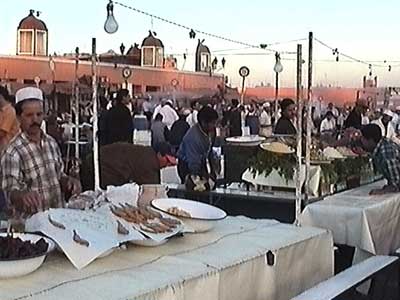
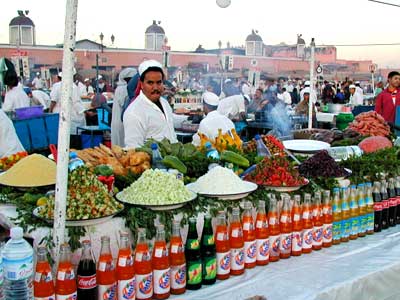
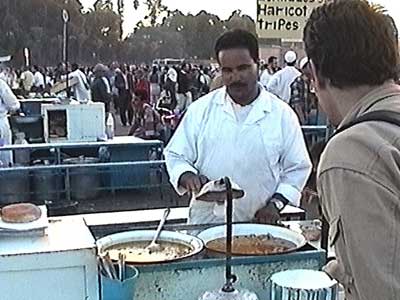
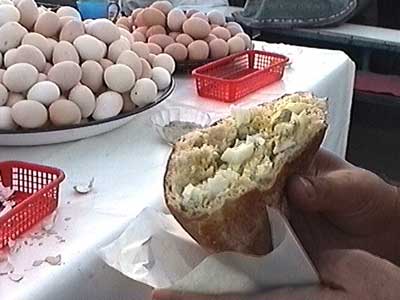
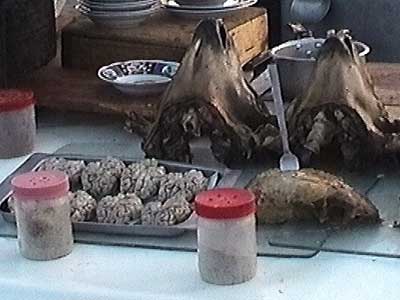

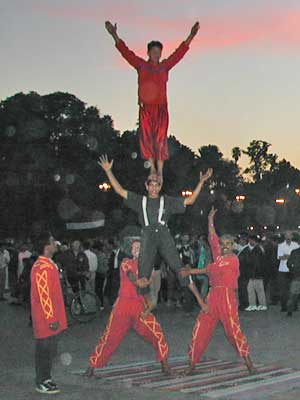
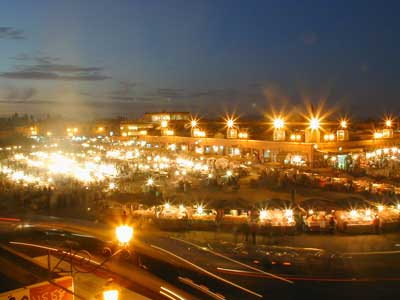
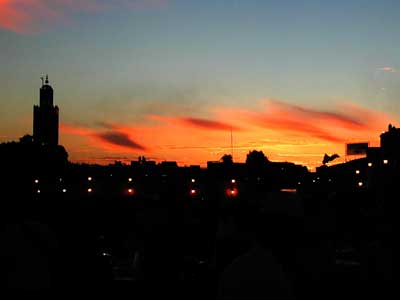
return • continue

